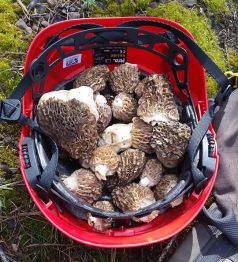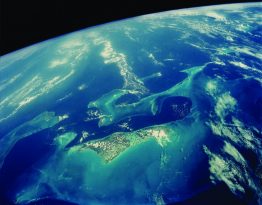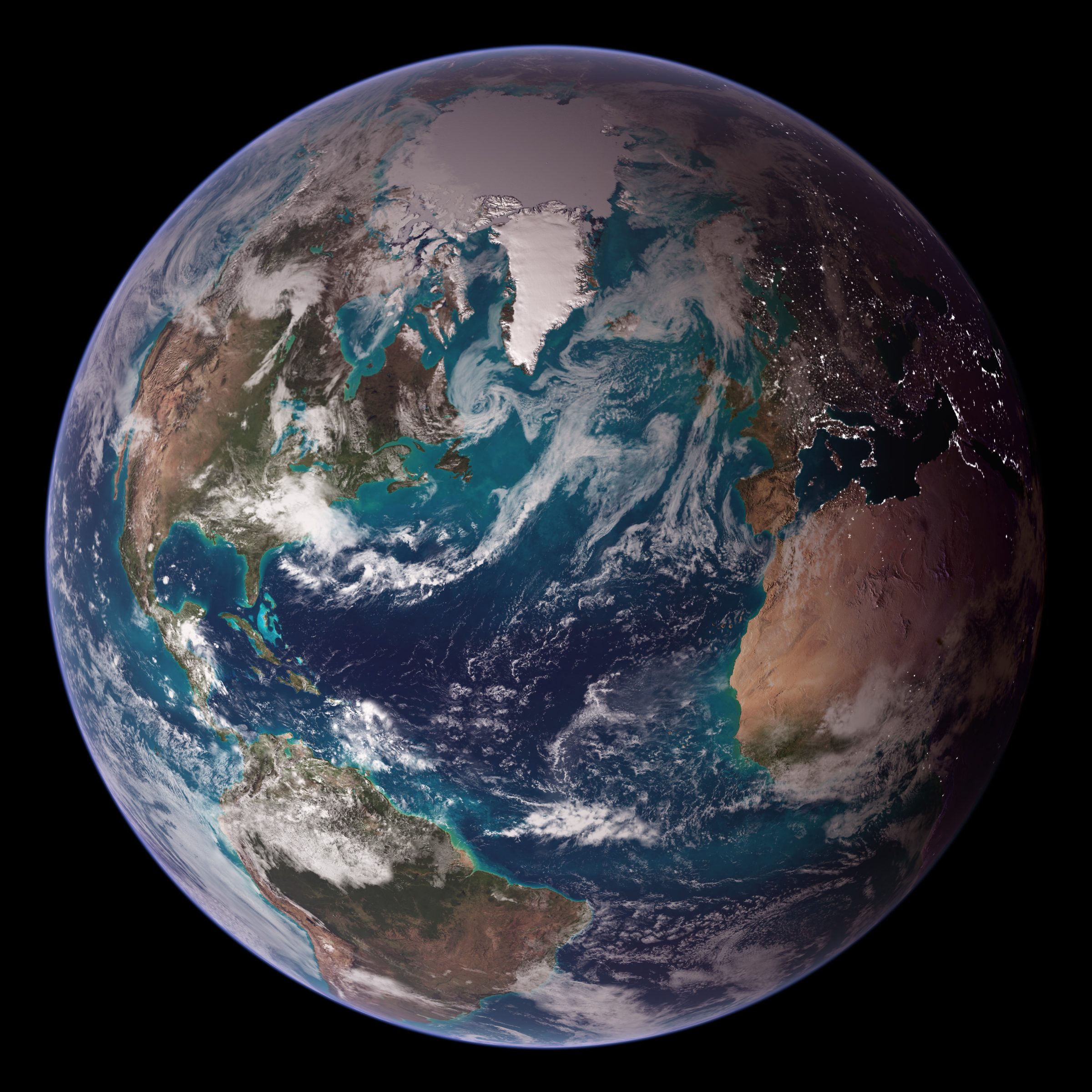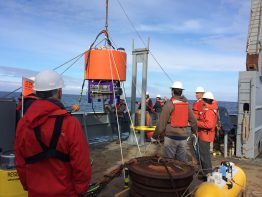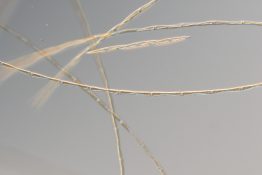Avid mushroom hunters will tell you that fire is essential for finding morels. These fungi, distinguishable for their dark, honeycomblike caps, pop out of the ground by the bushel in spring after a large wildfire. This ecological knowledge is mostly anecdotal, shared among morel enthusiasts for recreational hunts and commercial harvesting, in what is now a multimillion-dollar, worldwide industry. Yet few scientific studies have actually quantified morels’ abundance after a fire.
Read more at UW Today »CO2 record at Mauna Loa, the music video: The sounds of climate change
The UW Department of Atmospheric Sciences‘ Judy Twedt, a doctoral student, and Dargan Frierson, an associate professor, recently put the world’s longest-running measure of atmospheric carbon dioxide to music. The result is a 90-second rendition of human-induced climate change:
Read more at UW Today »Atlantic Ocean's slowdown tied to changes in the Southern Hemisphere
The ocean circulation that is responsible for England’s mild climate appears to be slowing down. The shift is not sudden or dramatic, as in the 2004 sci-fi movie “The Day After Tomorrow,” but it is a real effect that has consequences for the climates of eastern North America and Western Europe. Also unlike in that movie, and in theories of long-term climate change, these recent trends are not connected with the melting of Arctic sea ice and buildup of freshwater near the North Pole.
Read more at UW Today »UW gets NOAA grant to begin testing new forecast for toxic shellfish
A new NOAA-sponsored University of Washington project brings together academic, federal, state and tribal scientists to develop forecasts for toxic harmful algal blooms in the Pacific Northwest, like the massive bloom that closed Pacific Northwest beaches to shellfish harvesting in summer 2015. The National Oceanic and Atmospheric Administration in August awarded a five-year, $1.3 million grant to start working on the forecasts.
Read more at UW Today »Ocean conditions contributed to unprecedented 2015 toxic algal bloom
A study led by researchers at the University of Washington and the National Oceanic and Atmospheric Administration connects the unprecedented West Coast toxic algal bloom of 2015 that closed fisheries from southern California to northern British Columbia to the unusually warm ocean conditions — nicknamed “the blob” — in winter and spring of that year. “We have toxic algae events that result in shellfish closures off the Washington and Oregon coast every three to five years or so, but none of them have been as large as this one,” said lead author Ryan McCabe, a research scientist at the UW’s Joint Institute for the Study of the Atmosphere and Ocean, a collaborative center with NOAA.
Read more at UW Today »
